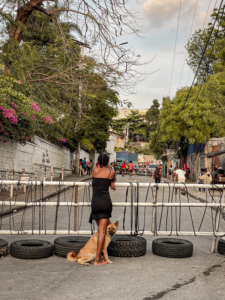NEW YORK — Startling data released by education officials in New York City has shed some light on the persistent racial and ethnic disparities within the city’s elite public high schools.
The Department of Education’s 2023 report shows that the city’s specialized and exclusive high schools are not admitting student bodies that reflect the city’s diverse population.
There are eight specialized public high schools, considered the Ivy Leagues of the city, that base their acceptance of students entirely on one standardized test called the Specialized High School Admissions Test (SHSAT).
Of those eight schools in 2023, just 3% of their offers were given to Black students.
CBS2’s Doug Williams asked Amy Zimmer, who covers education in New York for the nonprofit news organization Chalkbeat, whether these schools and their admissions process are the problem.
“It’s definitely a symbol of a bigger problem,” she said. “Parents who have access to more information, who can take the time off and go on the school tours, and who can navigate the system obviously have an advantage. And that is, you know, a systemic problem.”
In a statement to CBS2, a DOE spokesperson says, “We are really proud that across grade levels, more families are getting offers to their top choices.”
About 48% of students got into their first choice for high school in 2023, down slightly from last year. There were increases in first choice admission for pre-K and 3-K applicants.
“There’s all this talk of choice, but really, it’s not really choice because there are all these barriers,” Zimmer said.
In total, the DOE reports 30,000 early education seats in the city are empty.
Williams spoke with the chair of the City Council’s committee on education, Rita Joseph, about early education outreach being a priority of the de Blasio administration and less so under Mayor Eric Adams.
“It’s a different time. During the previous administration, yeah, he got caught up in the pandemic, but we’re now seeing some of the results after the pandemic,” Joseph said. “They have to probably look at the data and fit the seats where they’re needed … I’ve always said the issue is deeper but the disparity’s in educational outcome. It doesn’t only begin in high schools. So it starts from elementary, middle school and having that good foundation.”




